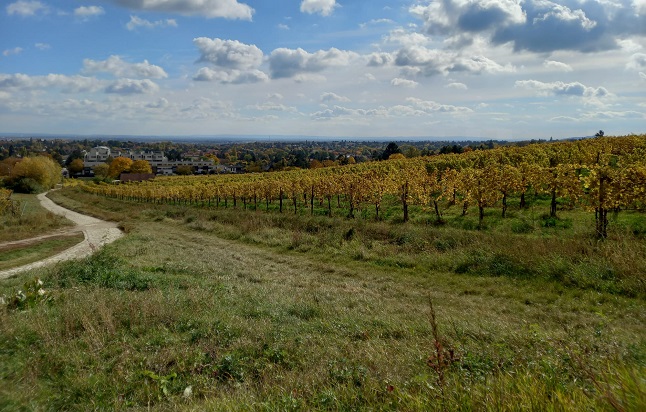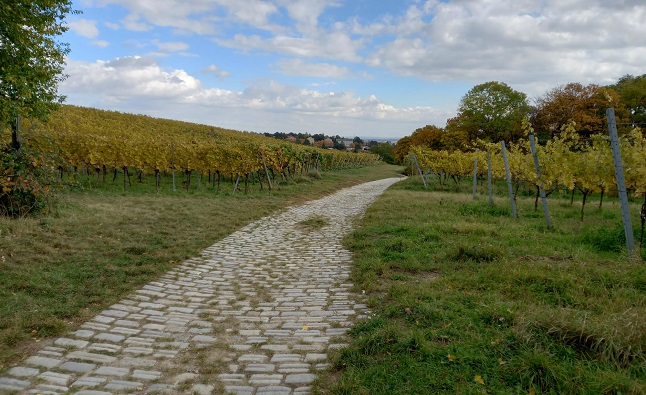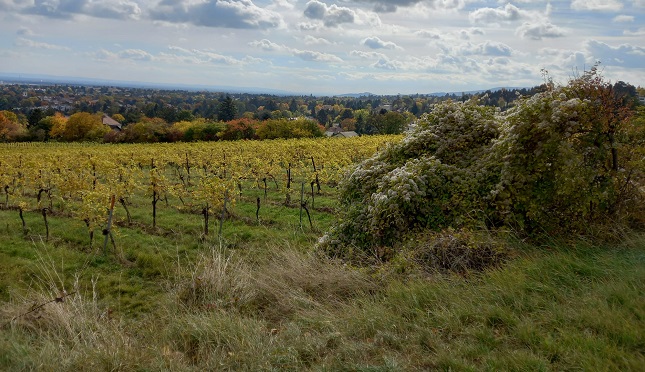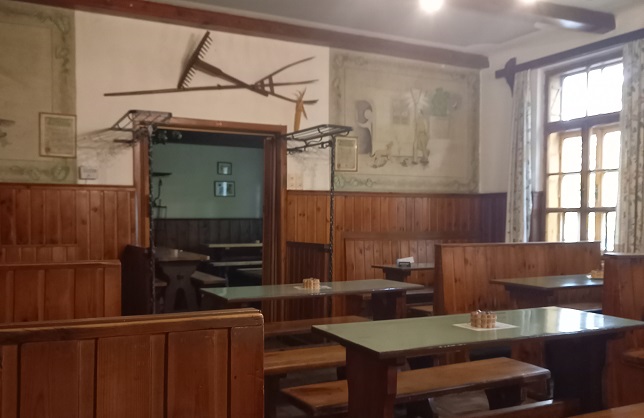Norway’s transport minister Knut Arild Hareide has asked the country’s railway authority Jernbanedirektoratet to investigate the options for opening a night rail connection between Oslo and Copenhagen.
An answer is expected by November 1st, after which the Norwegian government will decide whether to go forward with the proposal to directly link the two Nordic capitals by rail.
Jernbanedirektoratet is expected to assess a timeline for introducing the service along with costs, market and potential conflicts with other commercial services covering the route.
“I hope we’ll secure a deal. Cross-border trains are exciting, including taking a train to Malmö, Copenhagen and onwards to Europe,” Hareide told Norwegian broadcaster NRK.
The minister said he envisaged either a state-funded project or a competition awarding a contract for the route’s operation to the best bidder.
A future Oslo-Copenhagen night train rests on the forthcoming Jernbanedirektoratet report and its chances of becoming a reality are therefore unclear. But the Norwegian rail authority earlier this year published a separate report on ways in which passenger train service options from Norway to Denmark via Sweden can be improved.
“We see an increasing interest in travelling out of Norway by train,” Jernbanedirektoratet project manager Hanne Juul said in a statement when the report was published in January.
“A customer study confirmed this impression and we therefore wish to make it simpler to take the train to destinations abroad,” Juul added.
Participants in the study said that lower prices, fewer connections and better information were among the factors that would encourage them to choose the train for a journey abroad.
Norway’s rail authority also concluded that better international cooperation would optimise cross-border rail journeys, for example by making journey and departure times fit together more efficiently.
The Femahrn connection between Denmark and Germany, currently under construction, was cited as a factor which could also boost the potential for an overland rail connection from Norway to mainland Europe.
Night trains connected Oslo to Europe via Copenhagen with several departures daily as recently as the late 1990s, but the last such night train between the two cities ran in 2001 amid dwindling demand.
That trend has begun to reverse in recent years due in part to an increasing desire among travellers to select a greener option for their journey than flying.
Earlier this summer, a new overnight train from Stockholm to Berlin began operating. That service can be boarded by Danish passengers at Høje Taastrup near Copenhagen.
READ ALSO: What you need to know about the new night train from Copenhagen to Germany






 Please whitelist us to continue reading.
Please whitelist us to continue reading.
Member comments